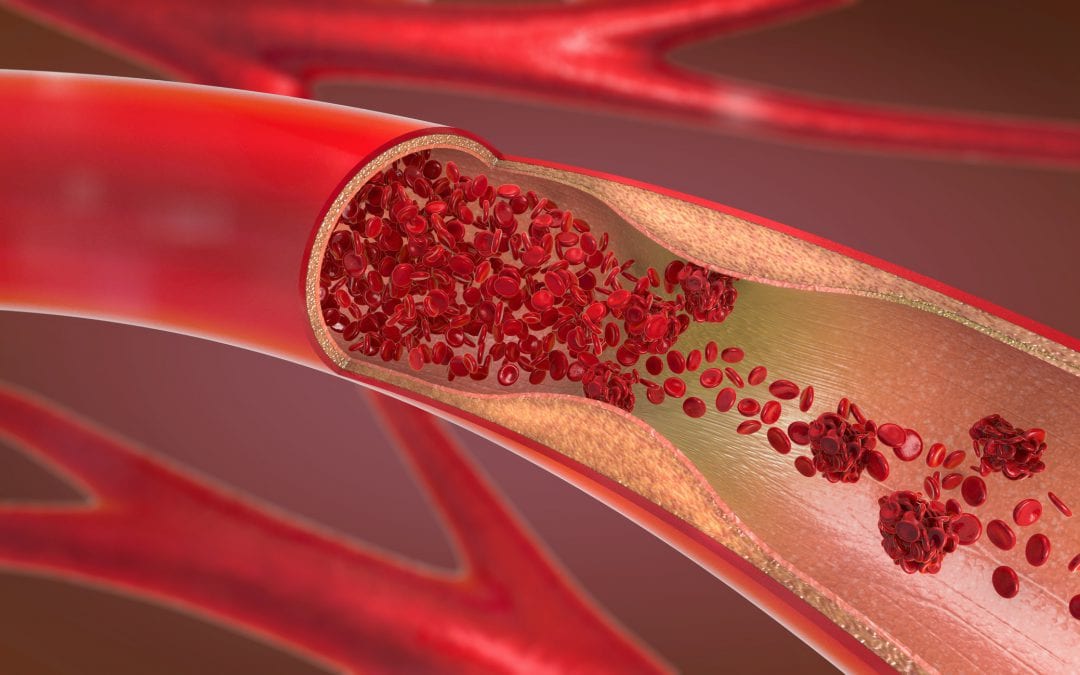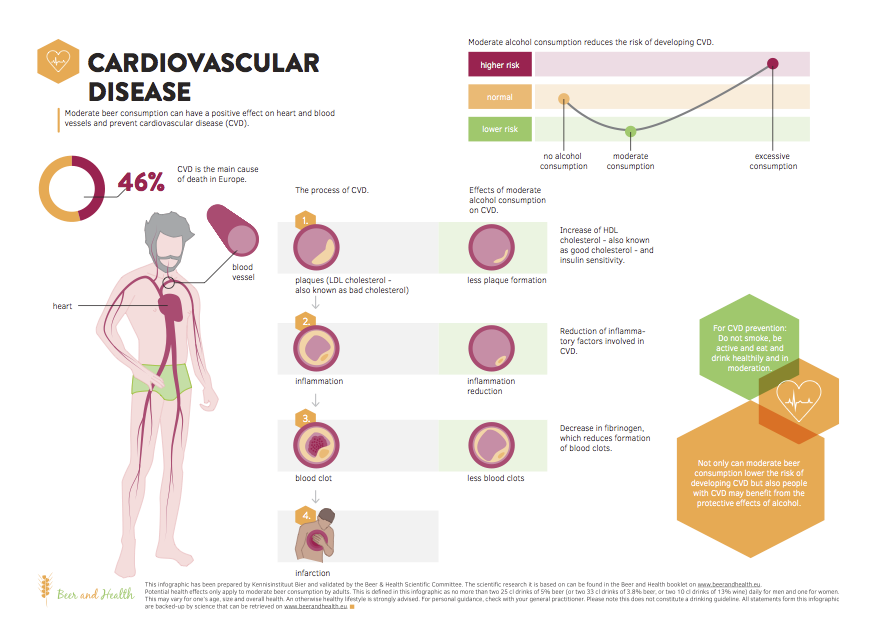Moderate alcohol consumption is associated with decreased risk of cardiovascular disease (CVD) and improvement in cardiovascular risk markers. Up to 60 g of alcohol a day can cause changes in lipoprotein subfractions, mainly HDL subfractions, and its related functions that could explain the influence on cardiovascular health. This is the outcome of a recent systematic review including both observational and intervention studies.1
What is already known? Regular moderate alcohol consumption has long been linked to a reduced risk of cardiovascular disease, especially coronary heart disease. The type of alcoholic beverage appears to be less relevant. One of the suggested mechanisms of the protective effects of moderate alcohol consumption are its effects on circulating lipoproteins – such as HDL- and LDL-cholesterol –; their subfractions and their functions. Studies of lipoproteins are not included in the most recent meta-analysis2 and current narrative reviews describing the relationship between alcohol intake and lipoproteins with atherosclerosis provide only a few comments on lipoprotein subfractions.
What does this study add? This is the first systematic review that investigates the influence of moderate alcohol consumption on lipoprotein subfractions and related functions. This review gathers data from 77 observational (over 100,000 participants) and 37 intervention studies (over 20,000 participants). Knowledge about the effect of moderate alcohol consumption on the lipoprotein subfractions and their functions could give more insight into the mechanisms involved and provide hypotheses for a potential causal role of alcohol consumption in cardiovascular diseaseWhat is already known?
Mainly effects on HDL subfractions
The findings of this systematic review suggest that alcohol in amounts up to 60 g/d increase levels of almost all measured HDL subfractions. Cholesterol efflux capacity and paraoxonase activity are consistently increased. Both are functional properties of HDL which have been associated with reduced CVD risk. Results on LDL subfractions were sparse. Only a few observational studies suggest some evidence for reduced levels of smaller LDL, increased levels of larger LDL, and increases in overall LDL particle size. Smaller LDL is associated with higher CVD risk, compared with larger LDL.
More than moderate?
Most intervention studies included in this review provided alcohol in an amount of 20-40 g/d for at least 2 weeks, even though the limit for eligibility was set to <60 g/d. It should be noted that 60 g/d of alcohol is not a moderate level of consumption, but a harmful level of drinking. Where low risk guidelines exist, they recommend no more than 10-20 g/d for men or women.
Strengths
- Large number of both observational and intervention of studies included.
- First systematic review to include many different lipoprotein subfractions.
Limitations
- Findings apply primarily to healthy men and women, no clear view on effects in individuals at elevated risk of CVD(lipoprotein structure and function may change in disease states).
- The upper limit of <60 g/d of alcohol is high compared with current recommendations for alcohol intake.
- Regular drinking versus binge drinking was not examined.
References
- Trine L Wilkens, Kaare Tranæs, Jane N Eriksen, Lars O Dragsted, Moderate alcohol consumption and lipoprotein subfractions: a systematic review of intervention and observational studies, Nutrition Reviews, 2021
- Brien SE, Ronksley PE, Turner BJ, et al. Effect of alcohol consumption on biologi- cal markers associated with risk of coronary heart disease: systematic review and meta-analysis of interventional studies. BMJ, 2011.


